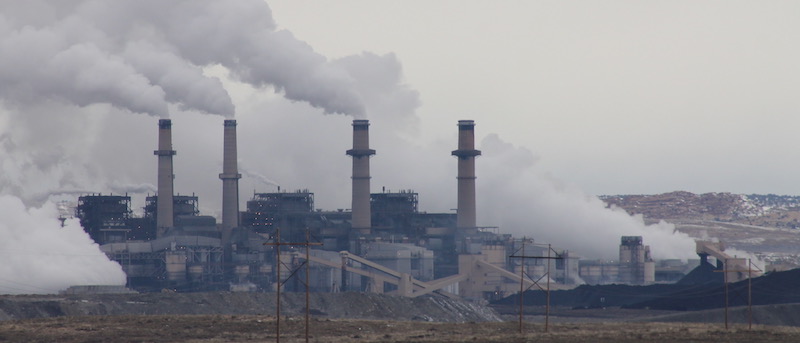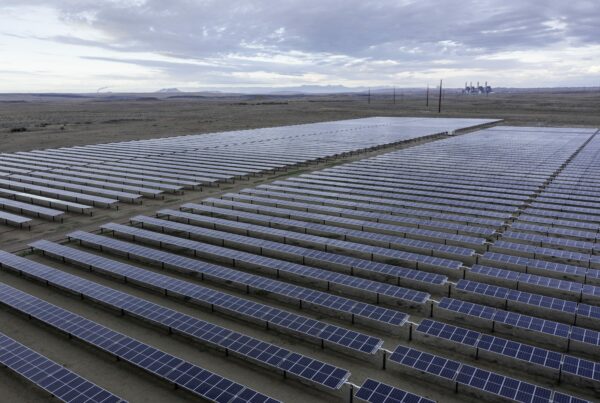New Mexico and the Four Corners is experiencing a transition that, far from being unique, is mirrored in coal regions across the nation. In the fourth quarter of 2019, the market reality is that coal is being left behind by utilities in favor of cheaper options, with gas generation being cheaper and solar and wind generation cheaper still.
A simple Google search will turn out an alarming list of bankruptcy filings by coal companies and an extensive list of utilities divesting from coal and signing contracts to add renewables to their generation portfolios.
However, one aspect of New Mexico’s transition away from coal is unique: unlike many states, New Mexico has striven to ease this transition and support its affected residents through robust legislation that looks out for the communities taking the brunt of the economic hit. This legislation, the Energy Transition Act (ETA), was passed into law during the 2019 legislative session and was created specifically for communities like ours.
The ETA was crafted by an extremely diverse coalition of organizations, a majority of which represent the direct interests of New Mexico citizens and workers. Not only was the State Administration involved, but so were unions representing coal plant and mine workers. Environmental groups were present along with industry advocates. The writing is on the wall for coal, but it doesn’t have to be for our community. Legislators understood this and had the foresight to pass a statute that offers unprecedented aid to the Four Corners when it will prove most needed.
The ETA provides roughly 40 million dollars of economic support to the Four Corners region, including guaranteeing severance packages and retraining opportunities to current plant and mine workers. It brings local community input into the equation via ETA Advisory Committee public meetings, the first of which took place October 29th. This bill provides money for reclamation post-closure, which will provide hundreds of additional jobs for the community. The ETA stipulates the Public Service Company of New Mexico (PNM) must site replacement power in San Juan County.
It should be evident that none of these stipulations of the ETA harm New Mexicans, local residents, or the economy. In fact, each component of the Energy Transition Act is meant to aid Northwest New Mexico and its inhabitants.
It is also worth mentioning that, even with all of these expenditures, PNM ratepayers will still end up saving money on their electricity bills. Why? Because coal is expensive. This is the foundational truth behind the trends in coal across the country.
Readers will recognize the name “Power the Future” from its appearance in several Daily Times articles in recent months. The reality is out-of-state, national organizations such as Power the Future have recently entered our state to attempt to undo the hard work of New Mexicans, painting the Energy Transition Act as the product of outside influences. The truth couldn’t be more different; the ETA was molded in the specific context of New Mexico and Northwest New Mexico for the Four Corners region by the entities that know it best, New Mexicans. It was produced by a diverse coalition concerned with creating jobs, protecting workers, preserving the tax base, keeping electricity rates low and mitigating adverse effects on our quality of life, including those caused by climate change.
Having grown up in Farmington, I deeply understand the role coal has had in shaping and sustaining our community. But it’s important to lift up the facts and act accordingly. The ETA is not an underhand political attack on industry; the ETA is an attempt to shield the Four Corners from experiencing the full force of the consequences of coal’s inevitable collapse.
This content first published as an Op-Ed in the Daily Times here.


